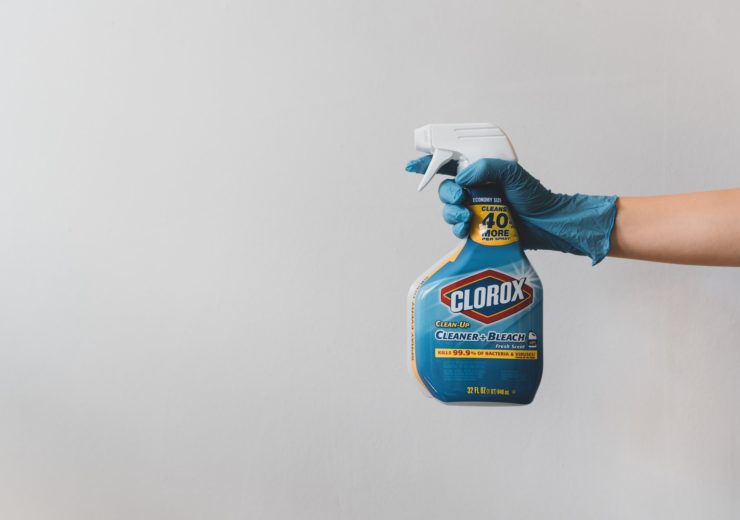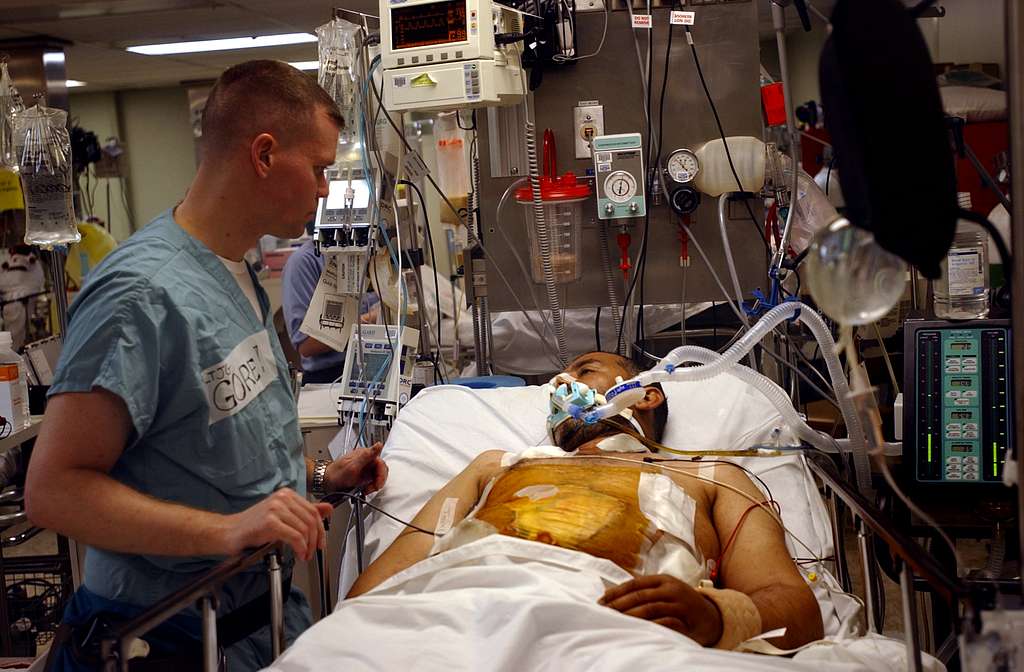Market research firm MarketsandMarkets estimates the impact of Covid-19 will lead to the medical supplies sector being worth $100bn by 2021

The Covid-19 crisis has led to increased demand for, and subsequent shortages of, disinfectant products
The disinfectants segment of the medical supplies market has grown by 300% this year compared to 2019, but will decrease at a “significant rate” following the Covid-19 crisis, according to an analyst.
India-based market research firm MarketsandMarkets believes an increased demand for hand sanitisers, and other disinfectants, will make these products the fastest-growing segment within the medical supplies market between 2019 and 2021.
This looks set to contribute to the medical supplies market being worth about $100bn by 2021, from an estimated value of $78bn in 2019 — a compound annual growth rate (CAGR) of 13.4%.
Other factors contributing to this include an “enormous rise” in demand for intubation and ventilator devices since the start of the pandemic, and coronavirus-led growth in the need for personal protective equipment (PPE).
However, MarketsandMarkets also anticipates growth in the hand sanitiser market will not only slow down after 2020, but will decrease at a CAGR of -2.90% from 2021 to 2025.
A MarketsandMarkets spokesperson said: “With the spread of the Covid-19 pandemic, the demand for hand disinfectants has increased significantly.
“This has also led to the shortage of hand disinfectants across the globe. To meet with the rising demand for disinfectants, various alcohol distilleries have begun manufacturing hand sanitisers.
“For instance, in April 2020, Verdant Distillery, based on Scotland, switched production from gin to hand sanitisers in the wake of the coronavirus outbreak.
“Similarly, in March, Bacardi partnered with Olein Refinery to combat the shortage of products in Puerto Rico by providing raw materials that will enable the production of more than 1.7 million units of 10-ounce hand sanitisers.”
Impact of Covid-19 on medical supplies markets
In 2019, MarketsandMarkets estimates the disinfectants segment accounted for about 3.4% of the overall medical supplies market.
Rising concerns over hygiene and demand for these types of products are expected to lead to an increase on this front — with disinfectants being worth about 9.3% of the market in 2020. This is an increase in market share close to 300%.
In 2020, the hand disinfectant segment is set to account for the largest portion of the disinfectant market by far, with a share of 67.8%, ahead of other areas including skin disinfectant, instrument disinfectant, and surface disinfectant.
The rapidly growing disinfectants market is largely dominated by US firms such as 3M, Cantel Medical Corporation, The Clorox Company, and Procter & Gamble — although Reckitt Benckiser, a UK-based provider of health, hygiene and home products, is also a major player in this segment.
But, while the disinfectants segment is expected to slow considerably after 2020, the intubation and ventilator device segment looks set to take its place as the fastest-growing section of the market between 2021 and 2025.
“During the treatment of Covid-19, intubation is one of the most important procedures,” said a MarketsandMarkets spokesperson.

“As a result, the increasing number of coronavirus patients has resulted in an enormous rise in the demand for intubation, ventilators, and ventilation supplies.”
The intubation and ventilation supplies market is currently estimated to be worth $5.5m in 2020, but is projected to grow to about $6.4m by 2025 — a CAGR of more than 10%.
As well as the impact of the Covid-19 pandemic, this growth can be attributed to the rising incidence of respiratory diseases like asthma and COPD (chronic obstructive pulmonary disease), according to MarketsandMarkets.
Key players in the global intubation and ventilation segment include Ireland-based healthcare giant Medtronic, American medical device firms King Systems Corporation and Teleflex Medical, and Smiths Medical, which is also based in the US but owned by UK engineering conglomerate Smiths Group.
The other area of the market set for significant growth over the next few years is PPE.
While it already accounts for about 19% of the entire medical supplies market in 2020, MarketsandMarkets estimates that it will continue to grow further in the future due to the mandated use of PPE in high-risk areas for Covid-19, and increased use of protective equipment among healthcare workers.
US-based firms DuPont de Nemours, Ansell and 3M, and Japanese chemical, pharmaceutical and IT company Teijin, are among the key companies in the PPE segment.
Opportunities provided by emerging economies
Emerging countries including China, India, Brazil, Malaysia, and Russia possess significant growth potential for the medical supplies market, according to MarketsandMarkets.
This is in no small part due to the huge patient bases in China and India in particular, which account for about 38% of the entire global population.
“These countries are expected to witness high growth in the coming years owing to less-stringent policies, development of healthcare infrastructure, increasing healthcare expenditure, and low competition,” said a MarketsandMarkets spokesperson.
“In order to leverage the high-growth opportunities of these markets, manufacturers are strategically focusing on expanding their presence in developing countries.”
The Covid-19 crisis has had an impact on this situation too, sparking increased demand for a host of medical supplies including masks, PPE kits for healthcare workers, and disinfectants.
“The governments of various countries, especially in India and China, have invested as much as possible to combat the coronavirus pandemic.
“For example, the Chinese government has invested $15.93bn, and the Indian government, under its 12th five-year plan, has set a target of adding about 500 beds for every 1,000,000 people to strengthen the country’s healthcare infrastructure.
“This is an important indicator of market growth.”
